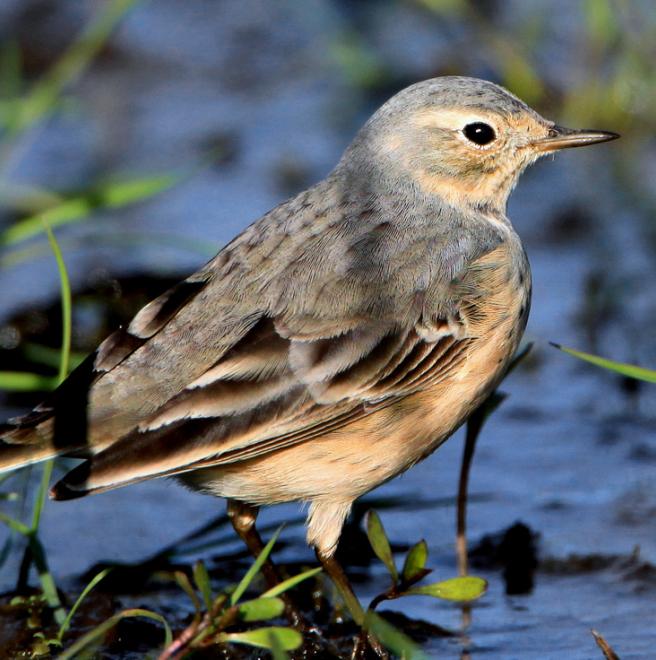

Throughout its annual cycle, the svelte and smart-looking American Pipit is closely linked with open habitats: tundra, mudflats, ocean beaches, and agricultural fields. Audubon's climate model shows overall expansion in winter of suitable climate space, with most of the current range remaining stable. In summer, expansion is likewise forecast, but most of the present range is not stable—a result with particular relevance to the southernmost populations of American Pipits. These southern pipits, breeding above tree line, may decline or disappear as their alpine tundra breeding habitat dwindles. In this scenario, genetic and ecological diversity represented by the southernmost pipits would be lost.
Explore more birds threatened by climate change around the country.





















It's easier than you think to make a difference. Become an Audubon member today to help birds facing climate change.